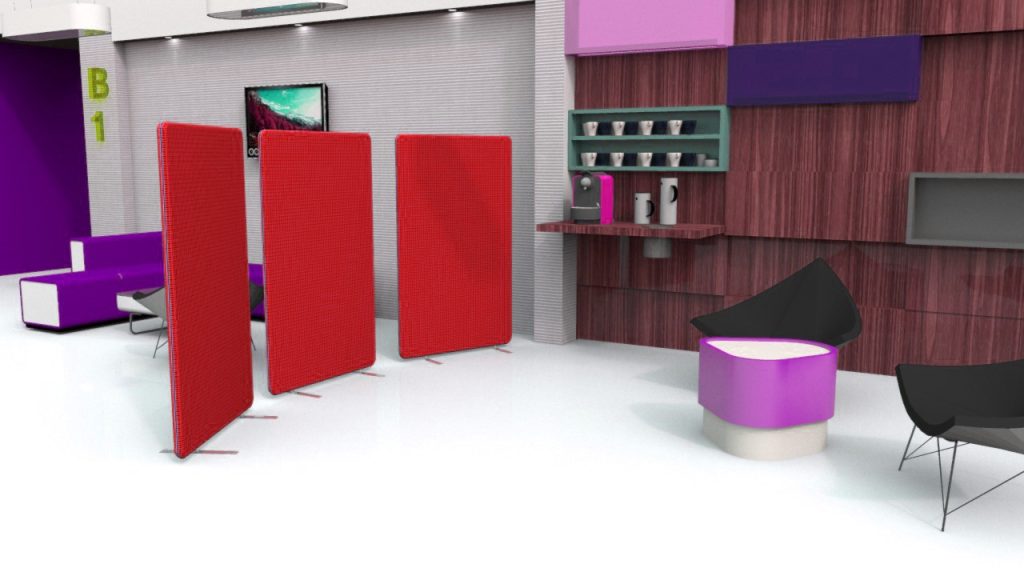Schools can be one of the hardest environments to get right in order to encourage children to concentrate and develop. With distractions aplenty in the classroom, there are some subtle factors that can be influenced to help children to learn. The effect of sound, colour and light can create a better quality of life for young people simply by boosting mood and motivation. The challenge is incorporating all of these aspects together to create an environment which isn’t cluttered and overpowering and therefore it is important to strike the right balance during the design process.
When considering what hinders learning in the classroom, the most obvious factor is noise and idle chatter in particular. Vocal classmates can be a constant distraction and this is no different in the adult realm where vocal colleagues can be equally as frustrating. With an increasing budget available for classroom design, this opens the opportunity to acquire acoustic control in order to absorb and control volume levels in learning environments.
While soft materials such as carpets can help, the addition of partition walls can maintain the open aspect of the classroom while adding a physical element to help children to concentrate. Delta Acoustic Screens incorporate acoustic absorbent foam to soak up classroom chatter while it also includes a funky design to create a more child friendly environment. The acoustic qualities of these partition screens help to reduce reverberating sound and results in allowing students and teachers to hear more clearly.
The effect of colour has been well documented because of the subliminal impact it can have on people. While this has been heavily focused towards the workplace amongst others, a recent study from the University of Salford highlights the positive influence it can have for students. The study revealed the need to strike the right balance with colour as a blanket approach rated poorly with children. While white walls are considered a staple in many educational environments, the impact is in fact detrimental to learning and leads to restlessness as well as difficulties with concentration.
Equally, bright colours lead to over simulation and only serve to distract children further. Creating a healthy balance with colour can be achieved by blending colour with carpets, blinds, partitions as well as the walls where a single, brightly coloured wall was found to be the most effective. In general, blue shades can slow down the heart rate resulting in a calming effect, while greens are subconsciously linked to fertility, thus encouraging creativity. Brighter colours such as red and orange can be very stimulating when used in moderation, making them an ideal colour to be used with partition screens.
The benefit of Delta Acoustic Screens is that they combine these two beneficial factors together to help children to concentrate and to encourage them to learn. Designed with acoustics in mind, each screen absorbs the chatter of more vocal students to help the whole classroom to focus. The child friendly design is great for adding some life to the classroom, making it a more enjoyable and calming environment to study.
If you are interested in finding out more about the options available with the Delta Acoustic Screens, or you would like to know more about how we can manufacture the screens to fit your classroom then please get in contact with our team. You can reach them by calling 01733 394941 or by e-mailing our sales team on sales@rapind.com.
